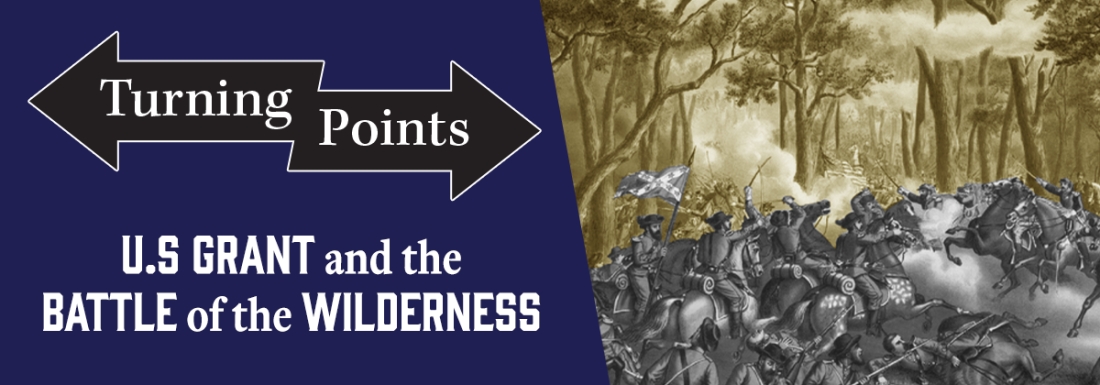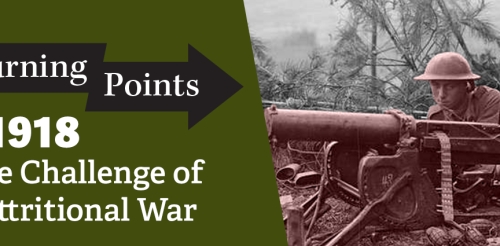The first meeting of the Civil War’s two preeminent commanders, Gens. Ulysses S. Grant and Robert E. Lee, came in May 1864 in two bloody days of fighting in a dense Virginia woods known as the Wilderness. Neither Grant and the North’s Army of the Potomac nor Lee and his Confederate Army of Northern Virginia could claim victory, gaining little to no ground.
Still, the Battle of the Wilderness was a critical turning point in the war. Though Grant’s forces sustained the bulk of its 30,000 casualties, he refused to retreat. He chose, inspiringly, to press ahead in the Union’s newly mounted offensive toward Richmond – a dogged advance that would culminate in the final defeat of Lee’s army and the Confederacy a little less than a year later.
Military historian Harry S. Laver recounts this important juncture in the latest installment of the Library’s Turning Points series in partnership with the U.S. Army Command and General Staff College.
Laver, a professor in the college’s Department of Military History, holds a doctorate in history from the University of Kentucky. He is the author of two books, The Leadership of Ulysses S. Grant: A General Who Will Fight and Citizens More than Soldiers: The Kentucky Militia and Society in the Early Republic.

